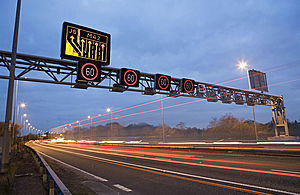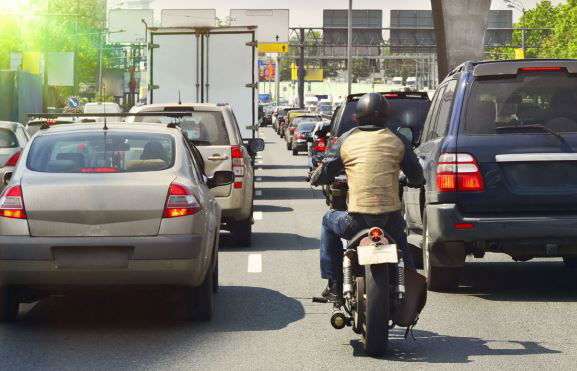Are Smart motorways about to be improved?
The secretary of state’s measures includes removing dynamic hard shoulders and speeding up the development of stopped vehicle detection

THE UK’s network of beleaguered Smart Motorway network is to undergo a major overhaul after transport groups and road users have blasted the roads as unsafe.
Given the general feeling among drivers and riders in the UK, it will come as no surprise to most of you that the UK’s network of Smart motorways is to be revised. The raft of changes has been drawn up after transport groups and the public has widely criticised the high-tech yet confusing new roadways.
The situation became so dire in fact, that the government halted all construction of any new roads in February this year, while a search for a remedy was sought.

How are Smart motorways going to change?
The changes laid out by Transport Secretary, Grant Schapps, include doing away with the largely hated ‘Dynamic Hard Shoulder’. A system that would see the hard shoulder of the motorway used for traffic at busy times. The main with this is that it leaves a stranded vehicle nowhere to go and has been attributed to road deaths since its inception.
Another update will be speeding up the development of the stopped vehicle detection systems that were supposed to be implemented on the roads from the start. The systems notify Highways England of stranded vehicles, sending help and assistance and notifying other road users of the danger.
The distance between emergency stopping places is also set to be cut, reducing the distance between them to three-quarters of a mile. The new spacing should mean a vehicle travelling at motorway speeds should pass one every 45-seconds.
He also plans to commit £5m to help improve public information about Smart motorways, showing motorists how they work and what they should do in an emergency.
Planned changes to Smart motorways
- Abolishing the dynamic hard shoulder
- Stopped vehicle detection on all motorways
- Increasing traffic officer patrols
- An emergency stopping place every 3/4 of a mile
- Installing more emergency areas on the M25 smart motorways
- Making emergency areas more visible
- Installing more signs to direct motorists to emergency areas
- £5m to improve public information and awareness about smart motorways












